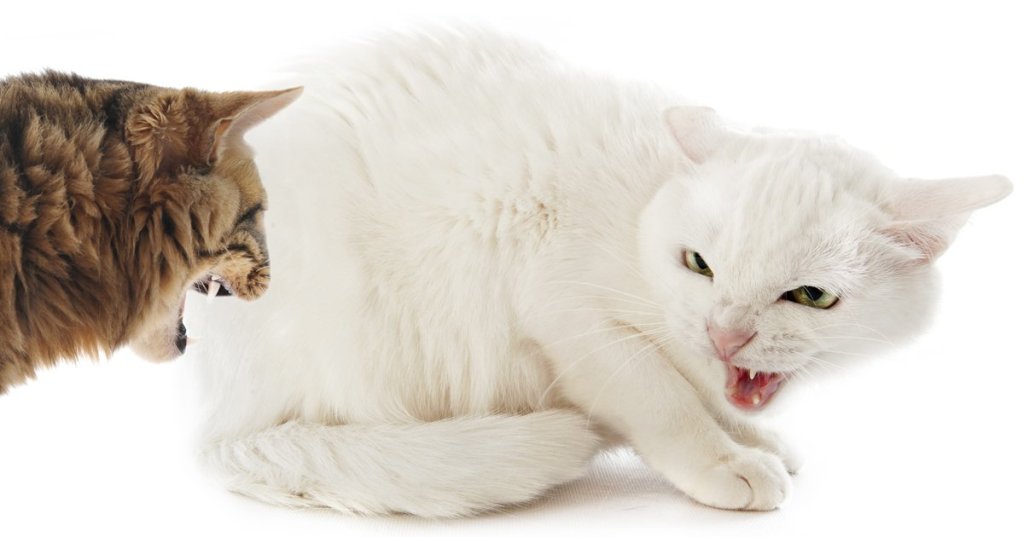A phobia is a persistent and excessive fear of a specific stimulus, such as a thunderstorm. Immediate, excessive anxiety response is characteristic of a phobic condition, and it has been suggested that once a phobic event has been experienced, any event associated with it, or the memory of it, is sufficient enough to generate a response. The most common phobias are associated with…

There’s nothing more joyous than seeing a cat doing tricks for their owner. This particular video showed an adorable cat…








